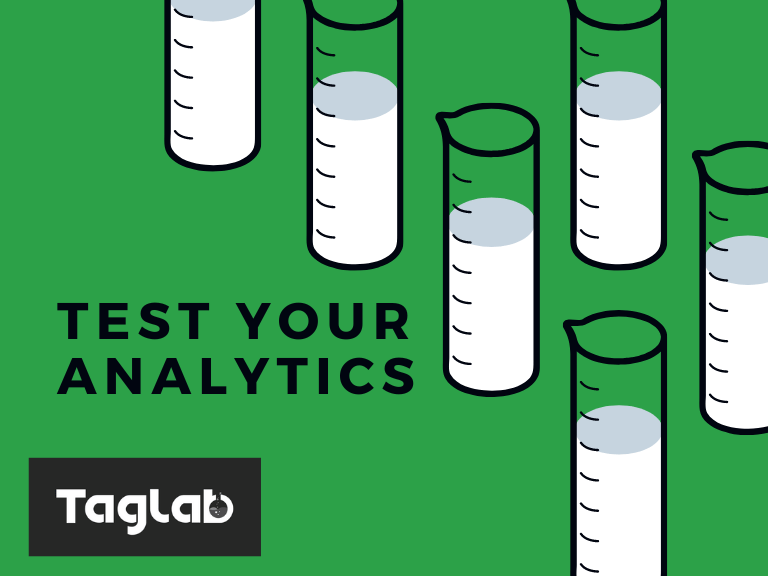Your cart is currently empty!
Guide to Advanced Tagging Parameters
Posted by:
|
On:
|

In today’s data-driven world, the ability to handle and analyze data effectively is critical for businesses and organizations. The application of tagging parameters is a crucial component of data management. These variables are crucial in structuring and classifying data, which facilitates navigation, searching, and the extraction of insightful information. We will explore sophisticated methods for maintaining and analyzing tagging parameters in this article, including the usage of analysis scripts, checkers, and scanners as well as tagging parameters analysis.
The Significance of Tagging Parameters
TAGLAB gives the data context information, making it easier to organize, retrieve, and analyze the data. Here are a few main justifications for why tagging parameters are essential:
- Data Organization: Data can be categorized using tagging criteria, which makes it simple to put relevant pieces of information together. The discoverability and accessibility of the data are improved by the organizational structure.
- Search and Retrieval: Finding specific information inside huge datasets is significantly easier when the data is labeled with the appropriate parameters. This is very useful when working with huge databases or archives.
- Data Analysis: For data analysis, tagging parameters are invaluable. They offer crucial background information that makes it easier to spot trends, patterns, and correlations in the data.
- Automation: In order to save time and lower the possibility of error, tagging parameters can be used to automate a variety of data management processes, including sorting, archiving, and routing.
Managing Tagging Parameters
Managing tagging settings effectively necessitates performing numerous crucial actions. The parameters must be defined, given to data objects, updated as needed, and maintained consistently across the entire data ecosystem. Here are some sophisticated methods for controlling tagging parameters:
1. Tagging Parameters Analysis
An extensive analysis of the current tagging system is required for the tagging parameters analysis scripts. This stage is crucial for locating problem regions, such as redundant or out-of-date parameters.
Organizations can use unique scripts or employ specialized software created for tagging parameters analysis to speed up the analysis process. Large websites can be quickly scanned by these scripts, which can then highlight discrepancies or offer suggestions for improvement.
2. Tagging Parameters Checker
A tool or system called a “tagging parameters checker” is intended to guarantee the consistency and accuracy of tagging parameters. As new data is tagged or existing tags are changed, it runs real-time inspections.
Organizations can apply automatic validation criteria to increase the efficiency of a tagging parameters checker. These regulations outline the requirements that tagging parameters must fulfill, assisting users in adhering to established norms.
3. Tagging Parameters Scanner
Advanced technologies called tagging parameters scanners can be used to find tagging parameters in unstructured or semi-structured data. These scanners are especially helpful when working with vast amounts of textual or multimedia material.
NLP methods are frequently used by tagging parameter scanners to extract pertinent data from text-based data. Keywords, entities, and context can all be found using NLP algorithms, and these can subsequently be used as tagging parameters.
4. Advanced Tagging Techniques
In addition to the fundamentals, there are sophisticated tagging techniques that can significantly improve data administration and analysis:
An organized taxonomy of tags must be created for hierarchical tagging to work. This strategy makes it possible to categorize data at a finer level and makes in-depth data analysis easier.
Associating timestamps with data objects is known as “temporal tagging.” This makes it possible to track changes over time, which facilitates the analysis of historical trends.
Examples of Advanced Tagging Parameters
To illustrate the practical applications of advanced tagging parameters, let’s explore some of TAGLAB’s cases:
1. Content Management Systems
Content management systems (CMS) frequently use advanced tagging parameters to classify and organize digital information. Metadata such as author, publication date, topic, and location are examples of these factors. Advanced tagging methods can be used by CMS to give users more precise search options and tailored content recommendations.
2. E-commerce Platforms
Advanced tagging settings are essential for product listings in e-commerce. Product characteristics like size, colour, brand, and price range can all be included in tags. Contextual tagging can assist in suggesting relevant products based on user behaviour, while hierarchical tagging enables clients to navigate through an extensive product catalogue effectively.
3. Healthcare Data Management
Tagging parameters are essential for organizing patient records, medical pictures, and research data in the healthcare industry. Tracking patient histories and treatment outcomes is made possible by temporal tagging. Additionally, by classifying data according to disease kinds, genetic markers, and treatment outcomes, improved tagging techniques can help with medical research.
4. Social Media Analysis
Unstructured data is produced in vast quantities by social media networks. Businesses and scholars can benefit from social media conversations by using advanced tagging criteria like sentiment analysis and contextual tagging. Sentiment analysis, brand monitoring, and marketing tactics can all benefit from this information.
For businesses and organizations, TAGLAB has the potential of their data, advanced tagging parameters and the associated methodologies we’ve discussed in this post are great resources. Improved decision-making, better user experiences, and increased competitiveness are all benefits of optimizing data management in today’s data-driven environment, whether it be through tagging parameters analysis, automated validation, or sophisticated tagging techniques.
[smart_post_show id=”16588″]



